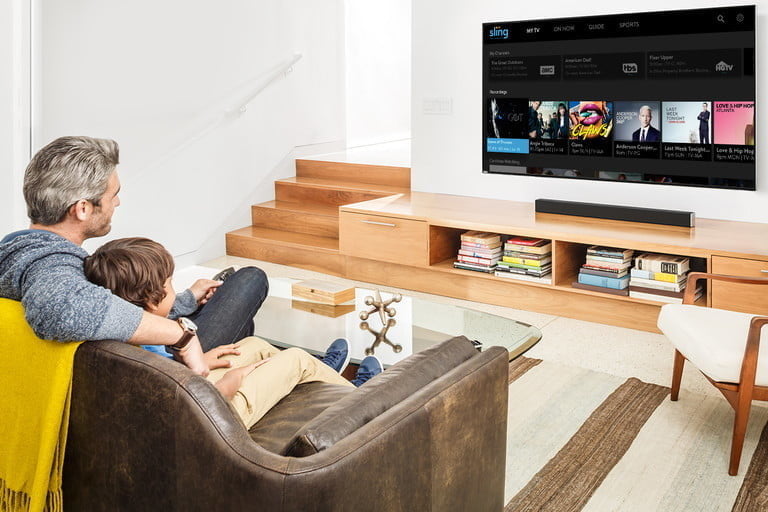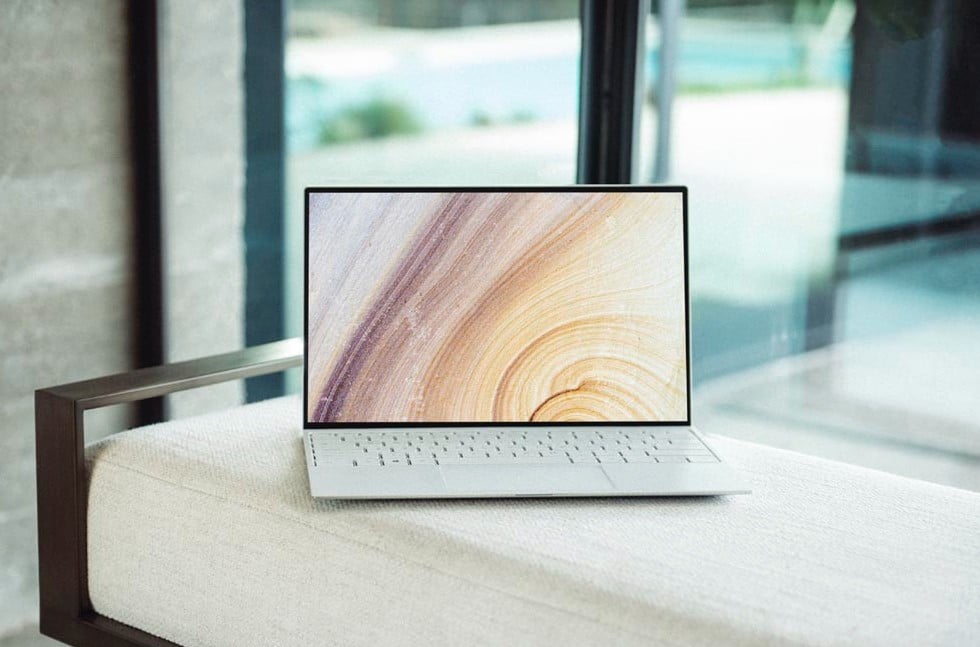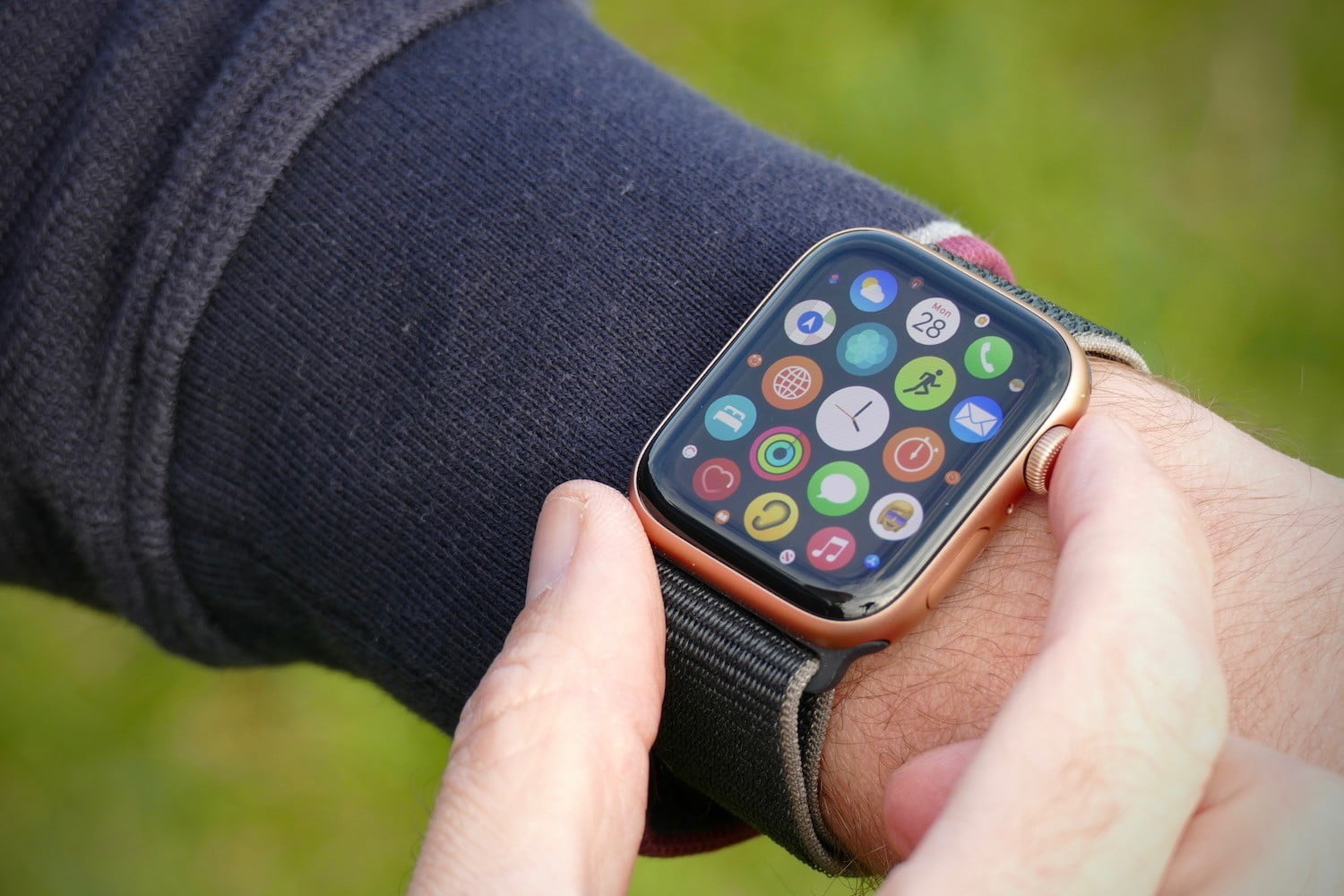When it comes to cutting ties with your cable company, gone are the days of scrambling to find a new provider for all the channels you don’t want to say goodbye to. With services like Hulu + Live TV and YouTube TV offering paid cable for our TVs and mobile devices, all we need is a network connection to enjoy all of our favorite movies and shows without the burden of high cable costs.
Dish Network’s Sling TV is another great streaming service for newbie cord-cutters and discerning TV lovers alike, offering live TV, on-demand movies and series, and sports. Sling TV has long been known for its relatively bite-sized programming packages, rather than offering a single glut of channels, allowing users to choose the channels best suited to them, optioned through its two primary plans, both offered for the same $35 price — Sling Orange and Sling Blue. Being spoiled when it comes to choice poses a problem: How do you choose which Sling TV package is best for you?
In this quick guide, we’ll explain the benefits of each so you can make the right decision and raise your cord-cutter game.
What you get
If your channel needs are fairly simple, the choice between Sling Orange (which currently offers 32 channels) and Sling Blue (with 43 channels currently on offer) could be an easy one, as there are a fair amount of channels included in both packages. These include coveted cable news channels like Bloomberg and CNN, lifestyle programming like the Food Network and Travel Channel, and popular cable staples such as AMC, TBS, TNT, Comedy Central, and History. That said, there are some essential differences between the two services, especially when it comes to sports and certain groups of networks.
How much does each plan cost?
Currently, there is no price differentiator when deciding between both Sling subscription options, as both Blue and Orange are $35 per month. If you’re looking to grab the best of both worlds, you can also bundle the two plans together for $50 per month.
Sling TV subscribers also receive 50 hours of free DVR storage but can upgrade to DVR Plus to get up to 200 hours (for both the Blue and Orange plans) for an additional $5 per month, on top of the baseline cost of $35 or $50.
If you really want to maximize your Sling TV package, there’s an add-on called Total TV Deal that costs an extra $21, on top of the base package price. Under Total TV, subscribers get all of the extra channels (more on these below) under the Blue and Orange plans, along with DVR Plus.
New subscribers should also be on the lookout for promotional pricing. As of right now, Sling is currently offering reduced rates for the first month of Blue and Orange respectively ($10/the first month), as well as the Blue/Orange combo ($20/the first month) for new members.
How many streams can you watch?
Before we get into programming, one major differentiator you need to know between Sling Orange and Sling Blue has to do with the number of devices that can stream Sling TV simultaneously. Sling Orange is limited to a single stream, meaning you’ll be limited to watching on one device at a time. You can switch from one device to another, but you can never watch on both devices at the same time. Sling Blue offers up to three streams, making it a better option for larger households. If you’re only ever watching on one TV or mobile device at a time, this may not matter, but it’s definitely worth keeping in mind.
Sling channels
The number of streams aside, Orange and Blue offer separate channel packages, with some channels overlapping and some important channel differences. Here are a few of the most important points when comparing:
There are also other smaller differences to consider based on what’s important to you. Blue gets access to National Geographic, SyFy, and the Discovery Channel, while Orange does not, and so on. Check our table below for more information.
Extra channel packages
Now that we’ve looked at Sling TV’s core packages, it’s time to start thinking about add-ons for the perfect blend of content. Some packages, like Hollywood Extra — which offers movie channels like Sundance, Fandor, and Turner Classic Movies — are exactly the same for Orange and Blue packages. Others are very different: The Kids Extra is only available on Blue, while the AMC Extra is only available on Orange.
Some options also vary in the specific channels they offer. For example, Sling Blue offers fewer channels in its Sports Extra package, but its price is the same as Sling Orange’s Sports Extra Package at $11 per month. Blue’s Sports Extra, however, includes NFL Redzone, NBC Gold, and BIG Network. Orange offers ESPN NEWS, ESPN U, SEC ESPN, and the Longhorn Network instead.
Best of both worlds
Sling TV markets itself as a cost-effective alternative to cable. However, having access to all the channels you’d have via cable will cause you to pay for both Sling Orange and Sling Blue. After adding up the cost of each of these services, the total edges closer to what your regular cable bill would be. Orange and Blue total $50 per month. Keep in mind, you’ll also have to pay for internet access in addition to these services. Below, we’ve created an all-inclusive list of the base channels available in either Sling Blue or Sling Orange and if you have both services combined.
If you still have more looming questions about Sling TV, check out our complete guide to the service. In addition to a full channel list, you’ll also find more detailed information about Sling, such as time-shifting channels and much more.
Sling is a bit of an underdog in the streaming services market, but its unique approach to streaming adds some real value for its subscribers. Sling gives you access to streaming content, but it also provides television on-demand. With all of these awesome benefits, consider giving Sling a try. You probably won’t regret it.
Full channel listings by package


